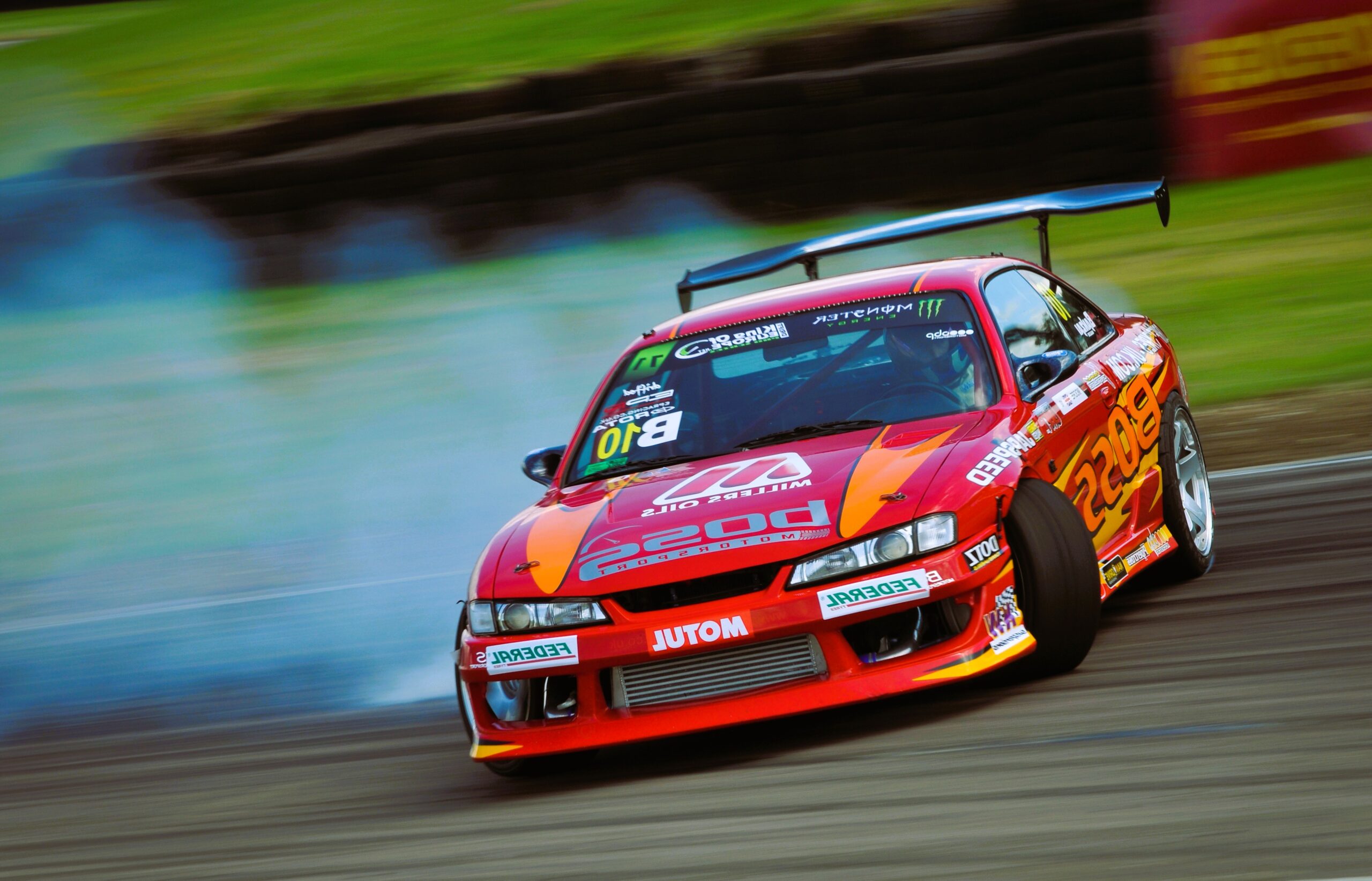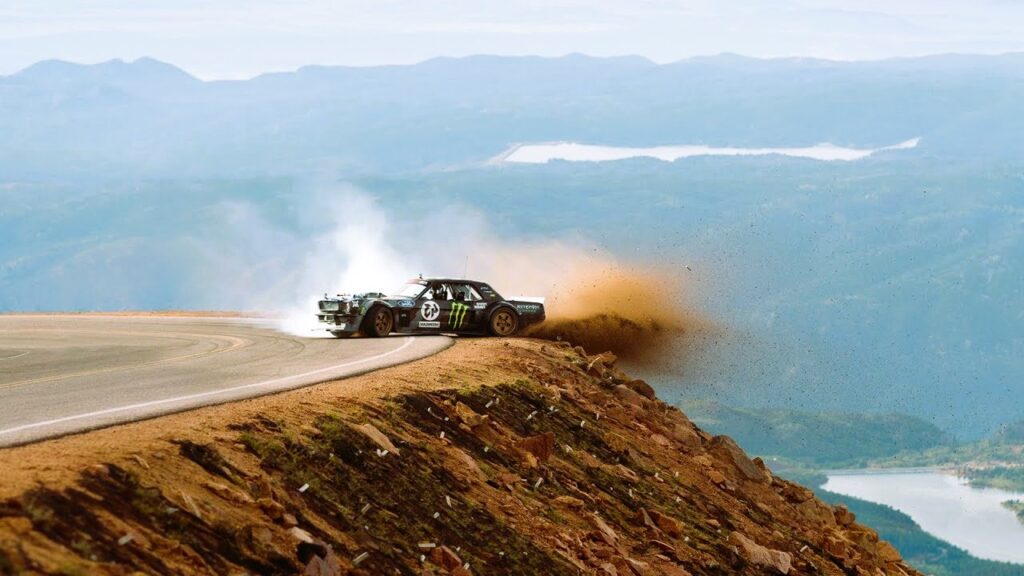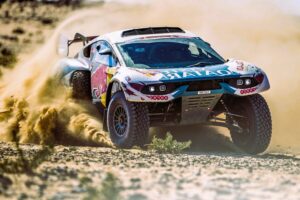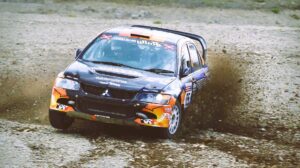Mastering the Art of Drifting: Techniques for Rally Drivers

Drifting is more than just a flashy maneuver—it’s a fundamental skill that separates the average rally driver from the elite. In rally racing, the ability to control a car at the limit of adhesion through high-speed corners and hairpin turns is essential for success. In this article, we’ll delve into the art of drifting, exploring the techniques and strategies that rally drivers use to master this exhilarating and challenging skill.
Understanding Drifting
At its core, drifting is a driving technique where the driver intentionally oversteers, causing the rear wheels to lose traction and slide sideways through a corner. While drifting is often associated with drifting competitions and street racing, it’s also a valuable tool in rally racing, where drivers use controlled slides to maintain speed and momentum through tight corners and narrow sections of the stage.
1. Weight Transfer
One of the key principles of drifting is weight transfer—the shifting of the car’s weight from one side to the other to induce oversteer. Rally drivers use a combination of throttle control, steering input, and braking to transfer weight onto the front or rear wheels, depending on the desired outcome. By shifting weight onto the rear wheels during entry, drivers can initiate a slide and maintain control through the corner.
2. Throttle Control
Throttle control is another crucial aspect of drifting, as it allows drivers to modulate power to the wheels and control the angle and speed of the slide. In rally racing, drivers use a technique known as “feathering” to balance the car on the edge of adhesion, applying small bursts of throttle to maintain momentum without losing control. This delicate balance between power and grip is essential for executing smooth and controlled drifts.
3. Countersteering

Countersteering is the act of turning the steering wheel in the opposite direction of the slide to regain control of the car. In rally racing, drivers must react quickly and decisively to countersteer when the rear end starts to break loose, using smooth and precise movements to correct the slide and keep the car on the intended line. Proper timing and technique are critical, as overcorrecting can lead to a spin or loss of control. Read about the role of technology in modern rally racing in our article.
4. Line Selection
Choosing the right line through a corner is essential for executing a successful drift. In rally racing, drivers must carefully analyze the camber, surface conditions, and obstacles on the stage to determine the optimal line for each corner. By approaching the corner from the outside and clipping the apex at the right moment, drivers can maximize speed and maintain control throughout the drift.
5. Practice and Repetition
Like any skill, mastering the art of drifting takes time, practice, and dedication. Rally drivers spend countless hours honing their technique on practice stages and closed courses, refining their understanding of weight transfer, throttle control, and line selection through repetition and experimentation. By pushing themselves to the limit and learning from their mistakes, drivers can gradually improve their drifting skills and become more confident and consistent behind the wheel.
Conclusion
Drifting is a challenging and exhilarating skill that separates the best rally drivers from the rest of the pack. By mastering the techniques of weight transfer, throttle control, countersteering, and line selection, drivers can unlock new levels of speed and precision on the rally stage. Whether it’s navigating tight hairpin turns or powering through sweeping corners, the art of drifting is an essential tool in the arsenal of any rally driver looking to reach the pinnacle of success in the sport.
For more information on drifting techniques and rally racing, visit the following websites:


